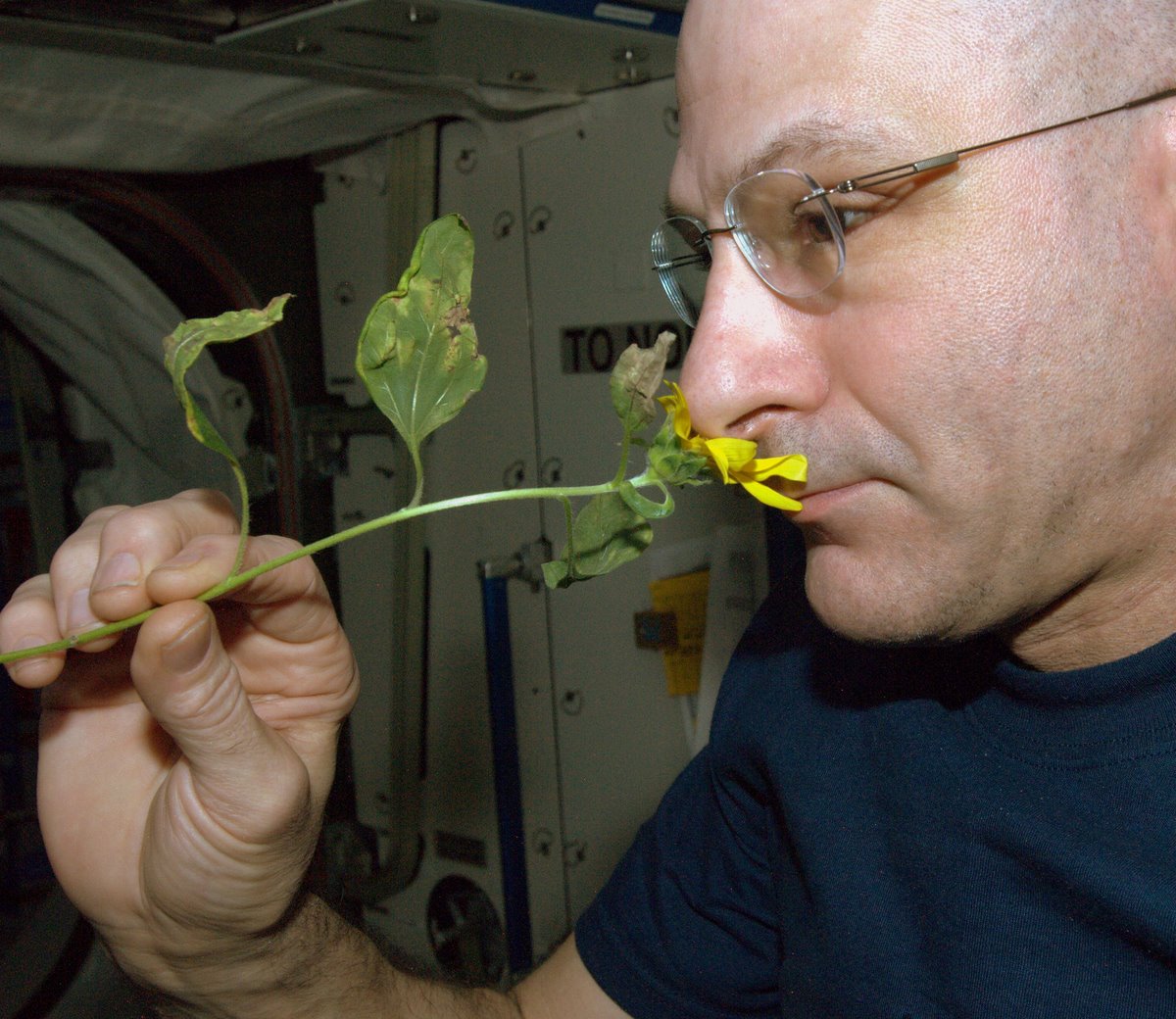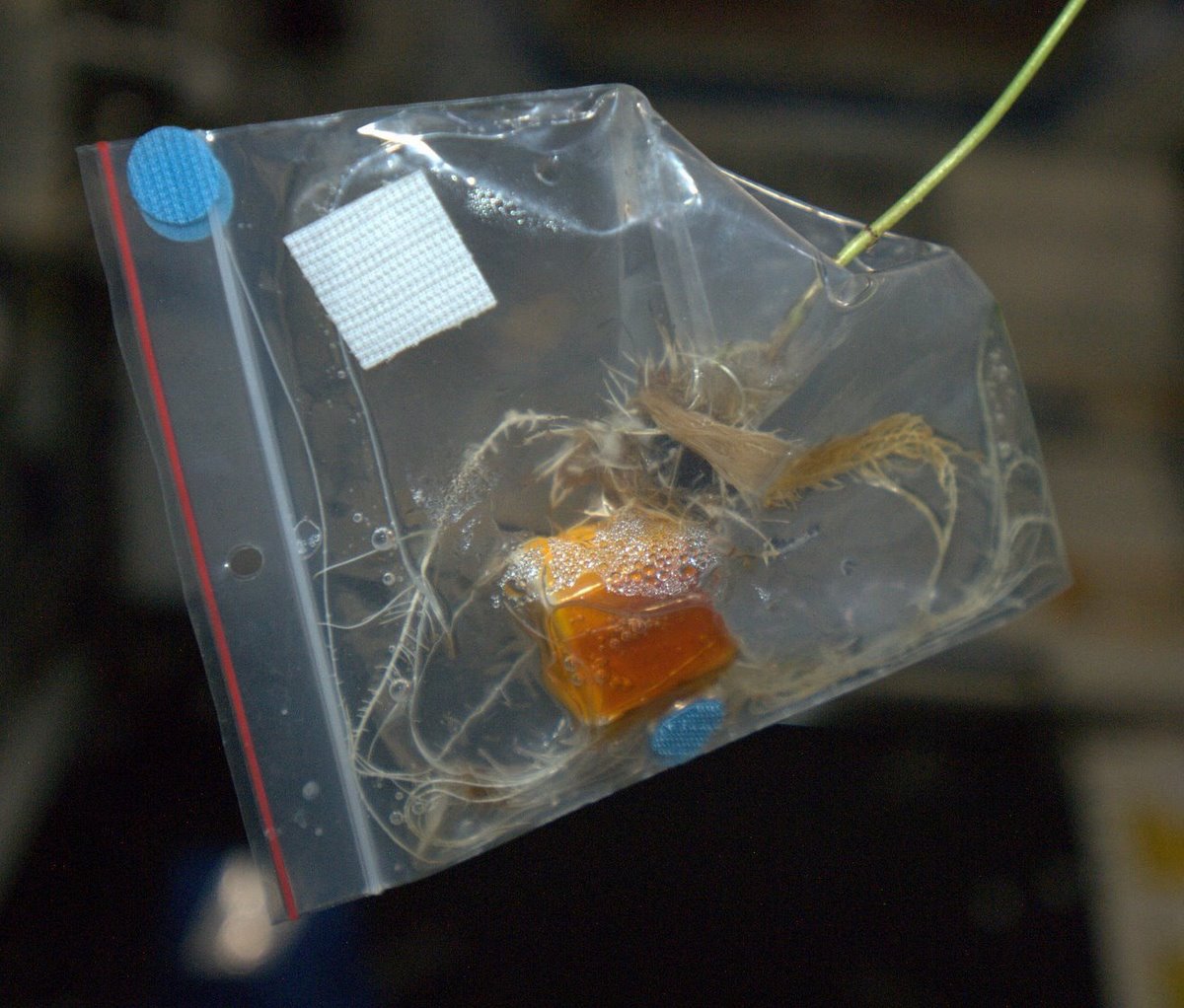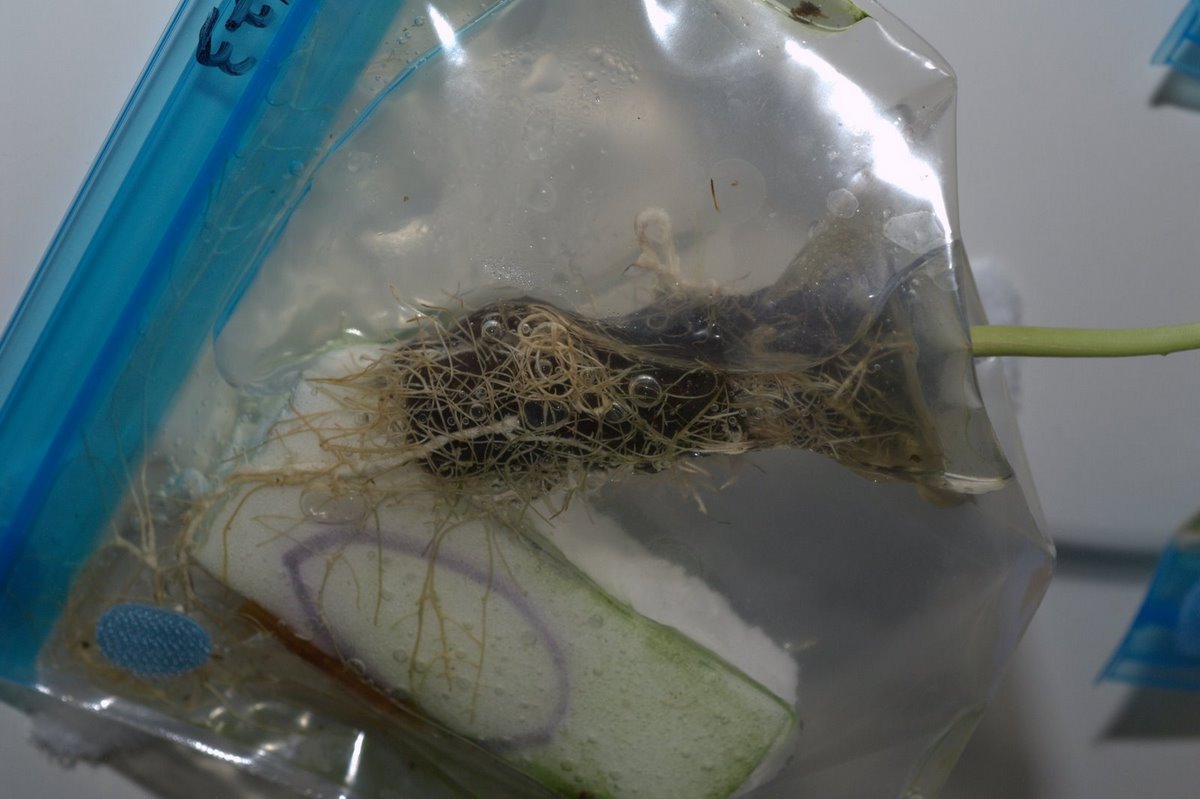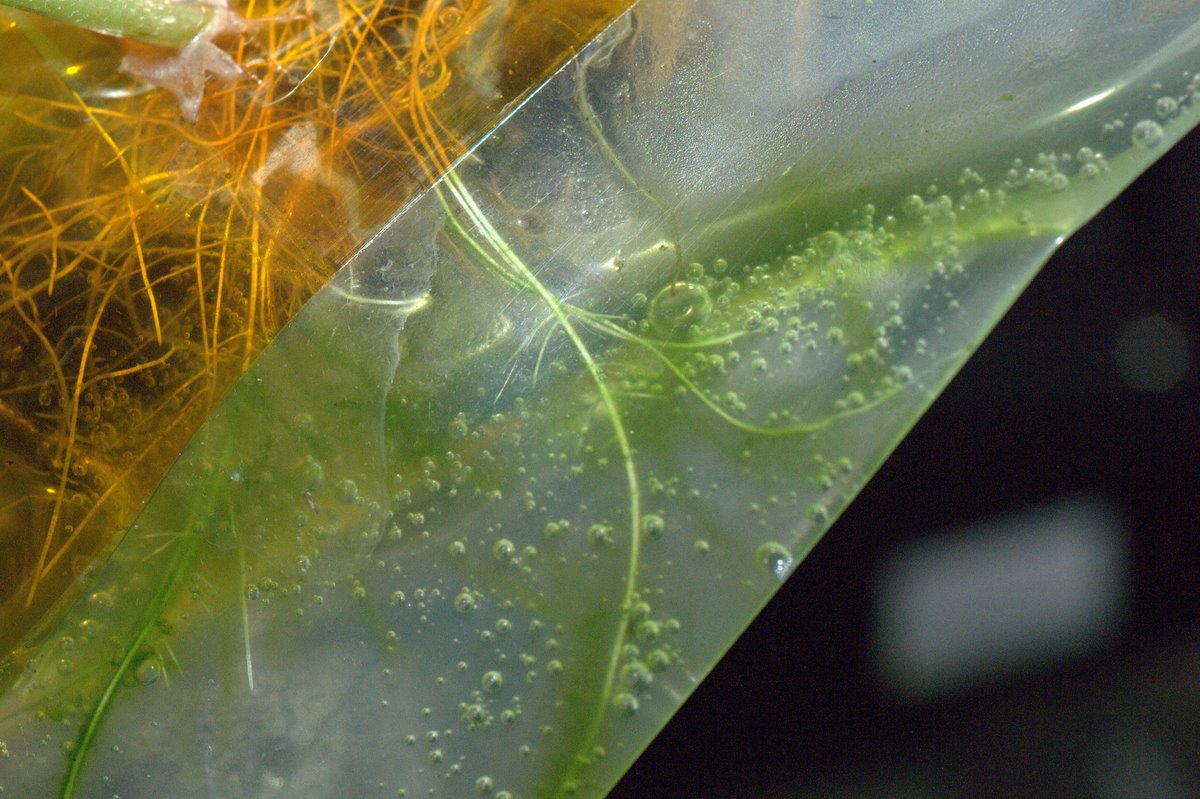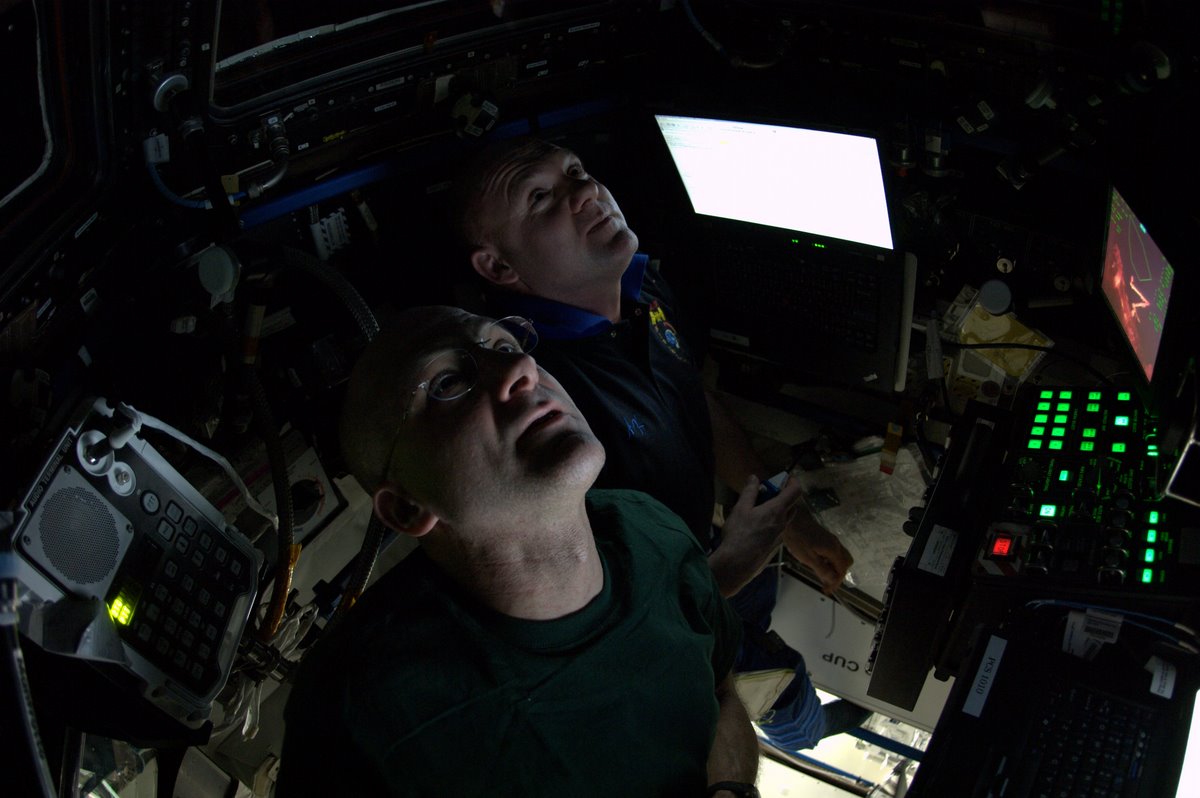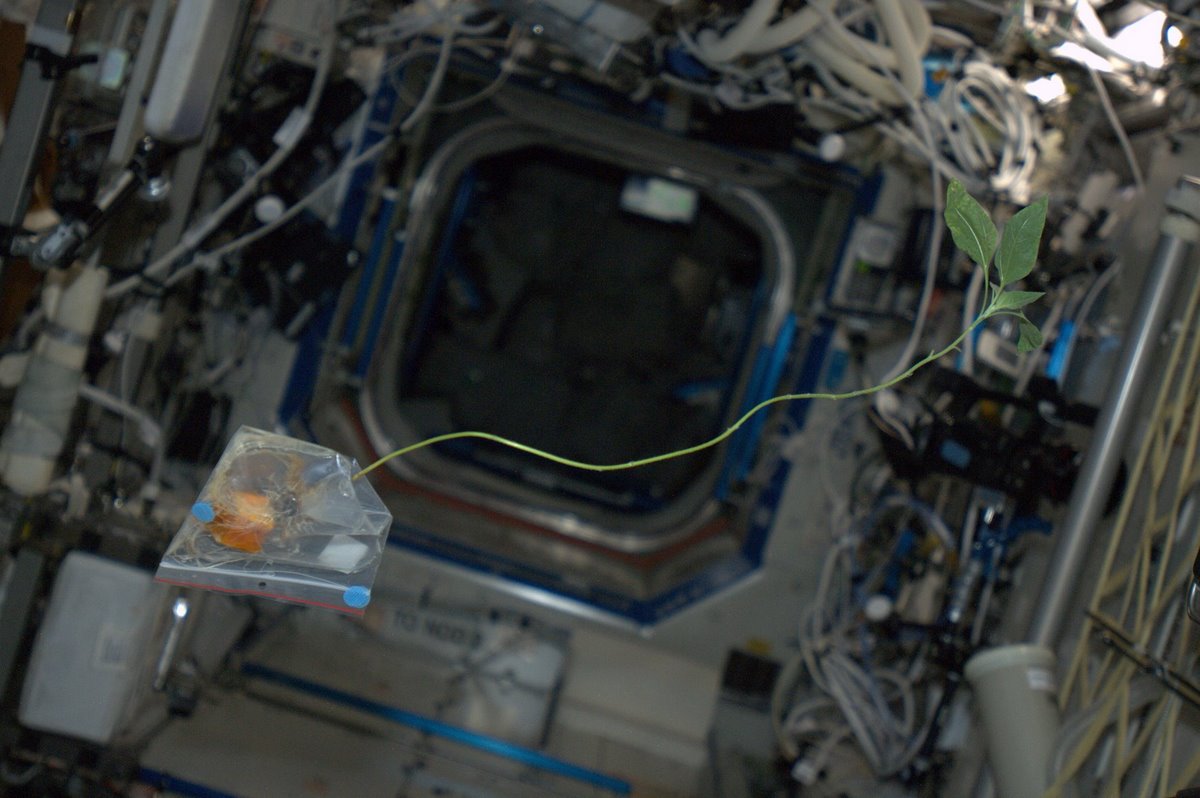May 16
Gardener is practicing taking images of the Sun. He is preparing for the Transit of Venus on June 5th. He has a special filter covering the front of a long telephoto lens so his eyes are protected. This is strange – we stare directly at the Sun without any filters. I saw some of the images. It looks like the Sun has the same brown patches that Sunflower does. I wonder if the Sun could use a treatment with BZK wipes.
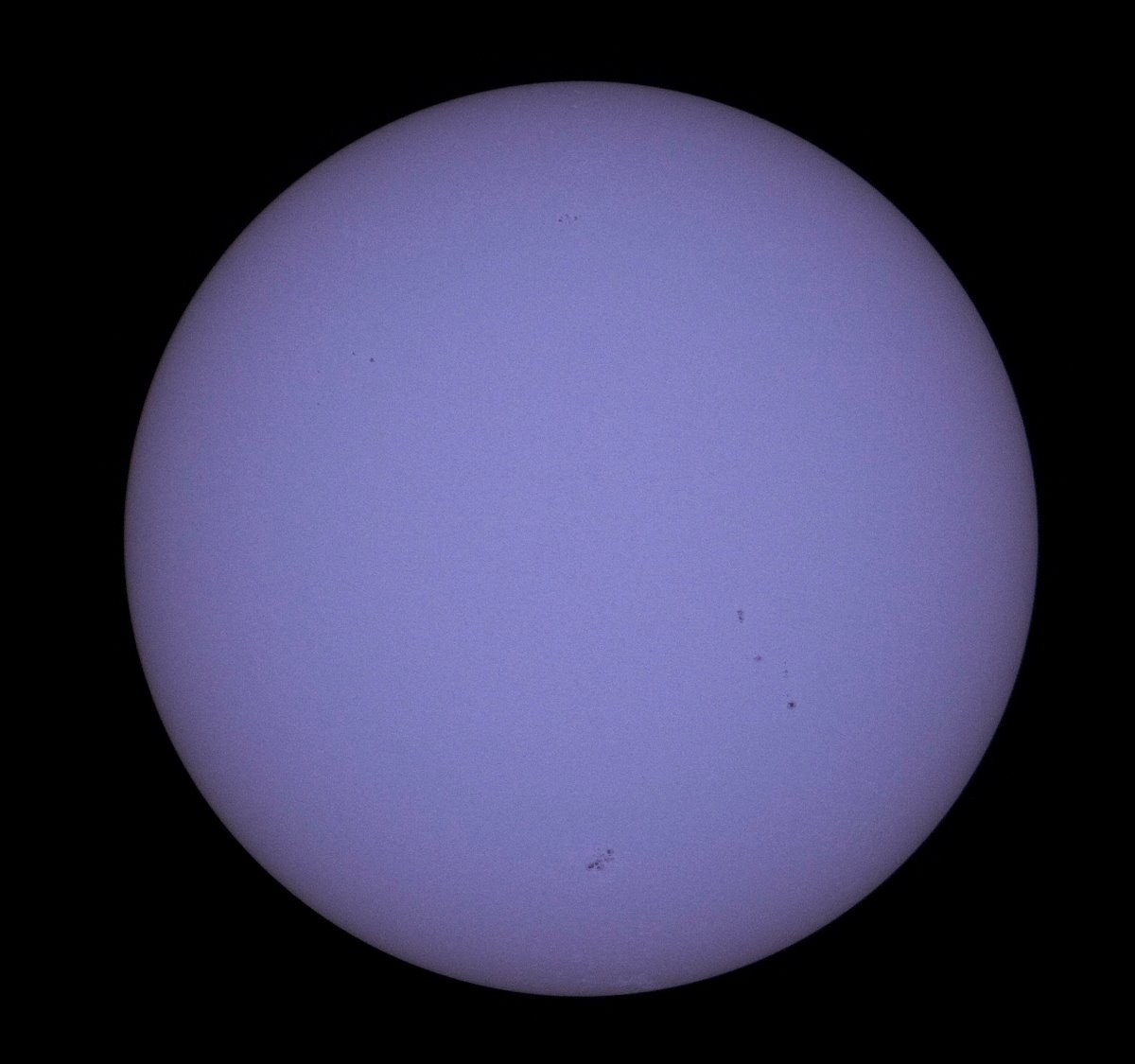
May 18
We are starting to have shortages in some of our supplies. This is not unexpected; when you live on the frontier and are extracted from your normal terrestrial soil, it is expected that some items will be in short supply. But you cannot run to the store to buy things. We try to conserve and we try to notify the Big Gardener on Earth when supplies get low, but in spite of this, sometimes shortages happen. Currently we have a shortage of trash bags, disinfectant wipes, and shampoo. We have no more bags in which to put our compost. For us plants, we thrive on compost so this does not pose a problem for us, but for our animal crewmates, this is a big deal. In situations like this, you improvise. We have many spare suitcase-sized bags that protect the scientific equipment during shipment. We are now using those for storing our trash. Gardener said that when he uses the toilet, he can use one disinfectant wipe five times, thus, extending our supply until the next shipment. He keeps his hair pruned short so shampoo in not a factor. Such minor inconveniences are normal here. Gardener says shortages in these supplies are not critical (unless it is coffee.)
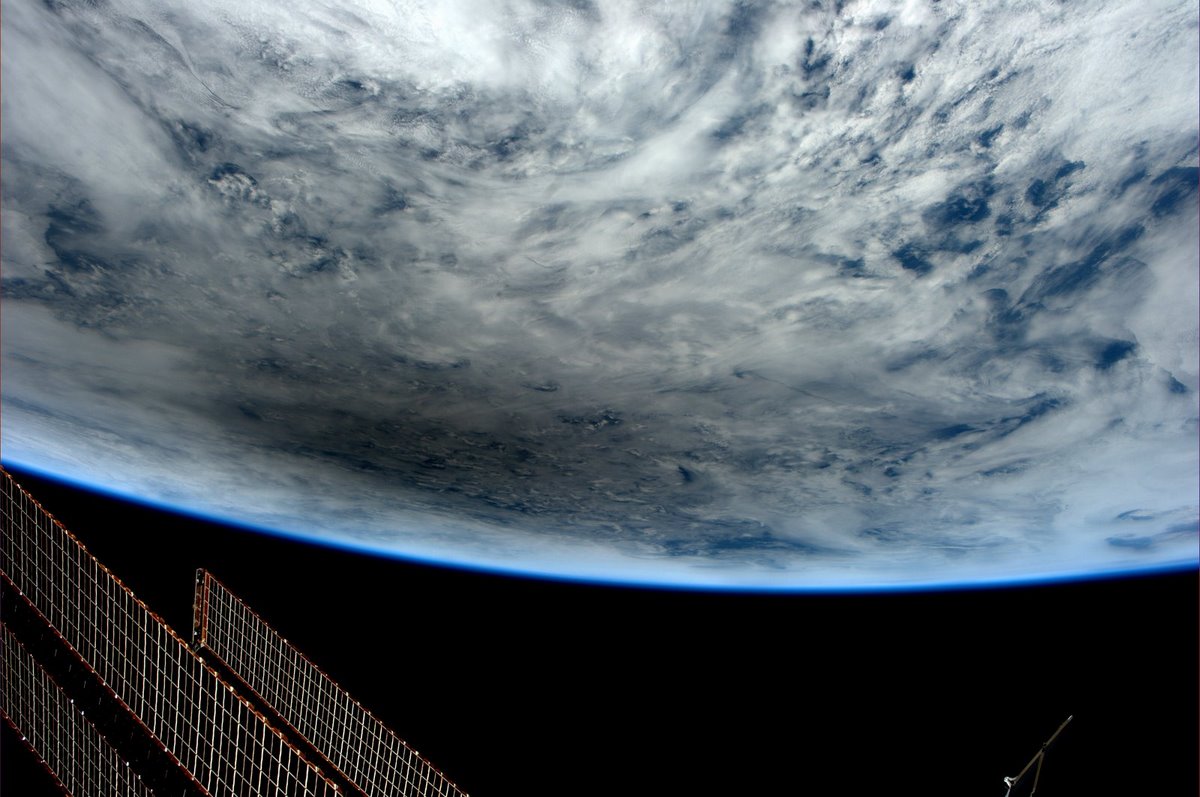
May 20
We saw a rare event that strikes fear in the stems of all plants. Today the sun went dark, at least for some selected locations on Earth. For us plants on orbit, it was not so scary since we remained sunlit. However, we did see this dark shadow cast on Earth and if you were a plant within that dark spot, a visceral reaction of fear would move through your vascular bundles.
Don’s blog also appears at airspacemag.com.





